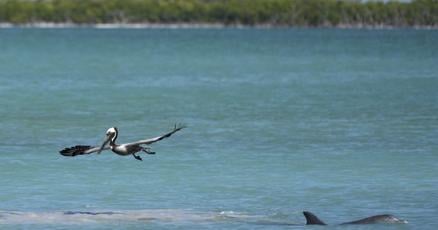Saving Paradise: How Everglades Restoration Could Be Florida Keys' Climate Shield

Beyond the iconic imagery of swamps, airboats, and alligators, the Everglades represents a complex and vital ecosystem that stretches far beyond its traditional boundaries. This remarkable landscape is not just a regional treasure, but a critical environmental system whose restoration efforts have far-reaching implications for Florida and beyond.
The Everglades is a dynamic and intricate network of wetlands, waterways, and diverse habitats that play a crucial role in the state's environmental health. Restoration initiatives are about more than just preserving a picturesque wilderness; they are fundamental to maintaining the delicate balance of Florida's natural infrastructure, impacting regions that extend well past the narrow corridor between the state's eastern and western coastlines.
Scientists, environmentalists, and local communities are working tirelessly to protect and revive this unique ecosystem, understanding that the Everglades' significance goes far beyond its visual appeal. Each restoration effort represents a commitment to preserving biodiversity, protecting water resources, and ensuring the long-term environmental sustainability of not just Florida, but the entire southeastern United States.
